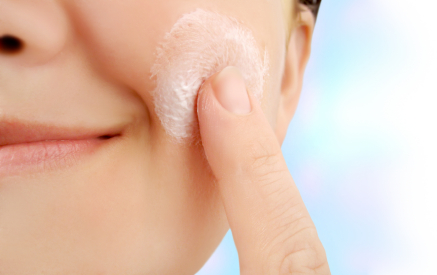 Introducing your baby to solid foods – sometimes called weaning or complementary feeding – should start when your baby is around six months old.It’s a really important step in their development, and it can be great fun to explore new flavours and textures together.
Introducing your baby to solid foods – sometimes called weaning or complementary feeding – should start when your baby is around six months old.It’s a really important step in their development, and it can be great fun to explore new flavours and textures together.
Three signs your baby is ready for thir first food
There are three clear signs that, together, show your baby is ready for solid foods alongside breast milk or formula. It’s very rare for these signs to appear together before your baby is six months old.
- They can stay in a sitting position and hold their head steady.
- They can co-ordinate their eyes, hands and mouth so they can look at the food, pick it up and put it in their mouth, all by themselves.
- They can swallow food. Babies who are not ready will push their food back out with their tongue, so they get more round their face than they do in their mouths.
Some signs that can be mistaken for a baby being ready for solid foods:
- chewing fists
- waking in the night when they have previously slept through
- wanting extra milk feeds
These are normal behaviours and not necessarily a sign of hunger or being ready to start solid food. Starting solid foods won’t make them any more likely to sleep through the night. Extra feeds are usually enough until they’re ready for other food.
When can I introduce weaning foods to my baby?
The World Health Organization (WHO) recommends exclusive breast feeding alone up to the age of 6 months. After 6 months babies need complementary feeding to provide adequate supply of nutrients.
Step 1: Your baby is now 6 months old (completed 6 months)
- Purées of vegetables such as carrots, pumpkin , potato, sweet potato
- Purées of fruits, such as ripe cooked apple, pear , or mashed banana
- Gluten-free baby cereals, such as rice cereal mixed with baby’s usual milk
Milk is still a major part of the baby’s diet. If you are breastfeeding, you can continue breastfeeding till baby is two years old.
Purées may be easiest for your baby at first. However, babies can quickly learn to chew soft, lumpy food even if they have no teeth. Ensure the food is well mashed and gradually make the food a thicker consistency.
Try to limit the number of sweet or cereal purées to one a day, and always include a vegetable purée.
Don’t add salt or sugar, honey or other sweeteners to your baby’s food.
Step 2: Baby is taking puréed food well
If baby is taking puréed food well, time to increase the variety in their food.
- Purées of lean meat or poultry
- Purées of lentils or split peas
- Purées of mixed vegetables with potatoes or rice
- Purées which include green vegetables, such as peas, cabbage , spinach or broccoli
- Full cream milk, yoghurt, cream cheese, paneeror custard.
Do not give cow’s (or goat or sheep’ milk) as baby’s main milk till they are atleast one year old.
Make changes in child’s diet when they are well. This is to avoid attributing the symptoms of illness to change in diet.
Some foods are more likely to cause allergies than others. These should be introduced one at a time. These foods are:
- Milk products such as cheese, yoghurt, fromage frais, paneer etc (Use full fat variety)
- Fish and shell fish
- Soya beans
- Citrus fruit (including orange juice)
- Wheat, rye and barley based foods such as bread, flour, pasta, some breakfast cereals and rusks.
- Nuts, especially if your family has a history of allergies.
Step 3: Baby food from seven to nine months
Now is the time to introduce more variety in baby’s food.
Remember that most baby food can be easily made at home.
- Mashed or minced food, not purées. Be sure to include some lumps.
- A wider range of starchy foods such as khichdi , suji upma, suji kheer, sabudaana kheer, dalia, bread. Baby breadsticks, breakfast cereals, oats, in addition to cornmeal, potatoes, rice and millet are also good options. Give two to three servings a day of starchy foods.
- Cooled, filtered and boiled waterfrom a sipper with a soft spout, when she is thirsty. This is in addition to her daily breastmilk or 500-600 mls of formula.
- Keeping juice to meal times helps with iron absorption and reduces the risk of damage to emerging teeth.
- Citrus fruits, such as oranges (santara), kinnow (keenu) and sweetlime (mosambi).
- Fish, lean red meat, poultry and lentils. Aim for one serving of protein-rich food a day.
- Nut butters as long as there is no family history of allergic diseases. Use unsalted smooth versions, or make your own.
- Dairy products, such as paneer, yoghurt and cheese. You should wait until one year to introduce cow’s milk as a drink. However, it can be used in small amounts for cooking foods.
- Follow-on formula, if you wish.
- Finger foods such as cooked green beans (frans been) or carrots (gajar), cubes of cheese, slices of banana (kela) or soft pear (nashpati).
If you are buying canned food, do ensure they do not contain excess salt or sugar. Adult canned food is not recommended for babies as it contains excess salt or sugar.
Step 4: Meals from 10 months
Meals should be more adult-like now. They should be chopped or minced. You may like to follow a two to three meal a day pattern along with one or two snacks. Continue to offer breastmilk or 500-600mls of formula milk.
At this stage your baby should be having:
- three or four servings of starchy foods, such as khichdi, rice, dal, dalia, or potatoes, a day
- one serving of meat, fish, well-cooked eggs, or two of pulses (lentils, peas, beans) or nut butters
- one to two servings of cheese, paneeror yoghurt as well as breastmilk or formula milk.
What foods should I not give my baby if she is under a year?
- Salt: Adding salt to baby food is neither needed nor recommended in the first year of life
- Honey. Even if she has a cough, your baby shouldn’t have honey until she’s one.
- Sugar. Try sweetening desserts with mashed banana or a purée of stewed dried fruit. Or you could use expressed breast milk or formula milk.
- Artificial sweeteners. Diet drinks or squashes containing artificial sweeteners are not suitable for your baby. They are not nutritious and can encourage a<style=”color: #000000;”>sweet tooth.
- Whole nuts.These are a choking hazard.
- Tea or coffee. The tannin in tea may prevent her from absorbing the iron in her food properly. Any caffeinated drink is unsuitable for your baby.
- Low-fat foods. Single or double toned milk, yoghurts and reduced-fat cheeses aren’t right for your baby. Always offer your baby the full-fat versions. She needs the calories.
- Foods which may carry a risk of food poisoning; such as soft mould-ripened cheeses (brie, camembert), liver pâté, and soft-boiled or raw eggs.
- Cow’s (or goat’s or sheep’s) milkas a main drink under one year.

 What does (s) he speak?
What does (s) he speak?

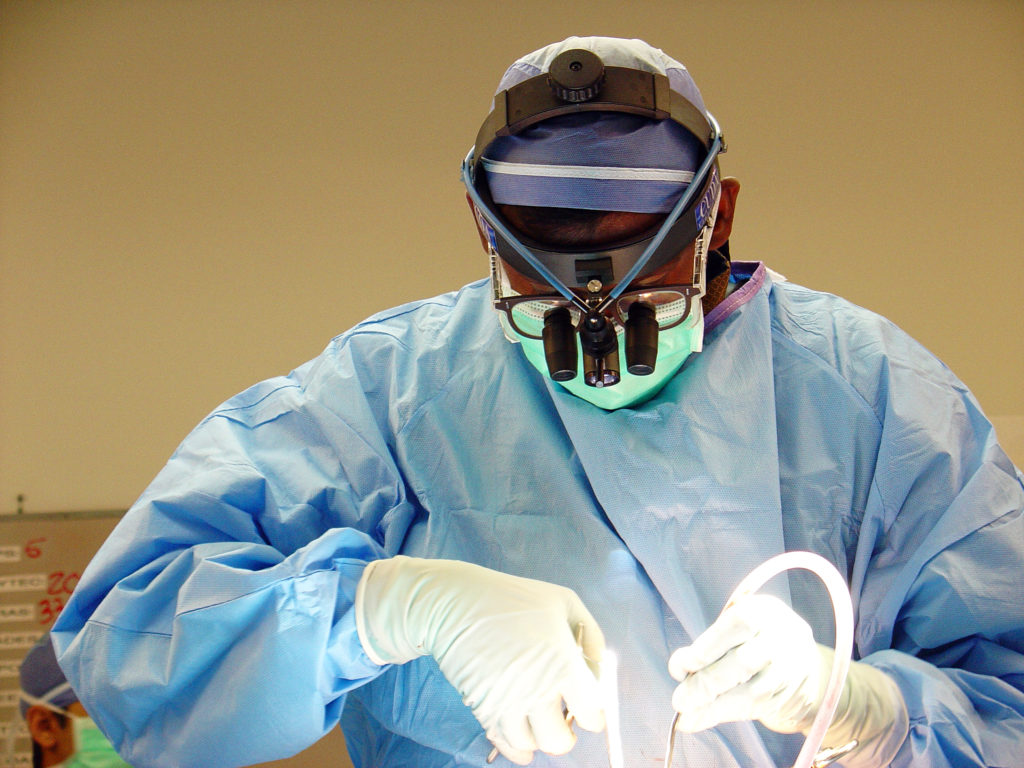
 It is important for these people to see a Surgeon at the earliest to enable an accurate diagnosis and initiate early treatment to prevent further complications. Over the counter medications and creams are of limited use as almost all of these conditions present with more or less the same complaints, however the treatment is completely different for each one of them.
It is important for these people to see a Surgeon at the earliest to enable an accurate diagnosis and initiate early treatment to prevent further complications. Over the counter medications and creams are of limited use as almost all of these conditions present with more or less the same complaints, however the treatment is completely different for each one of them.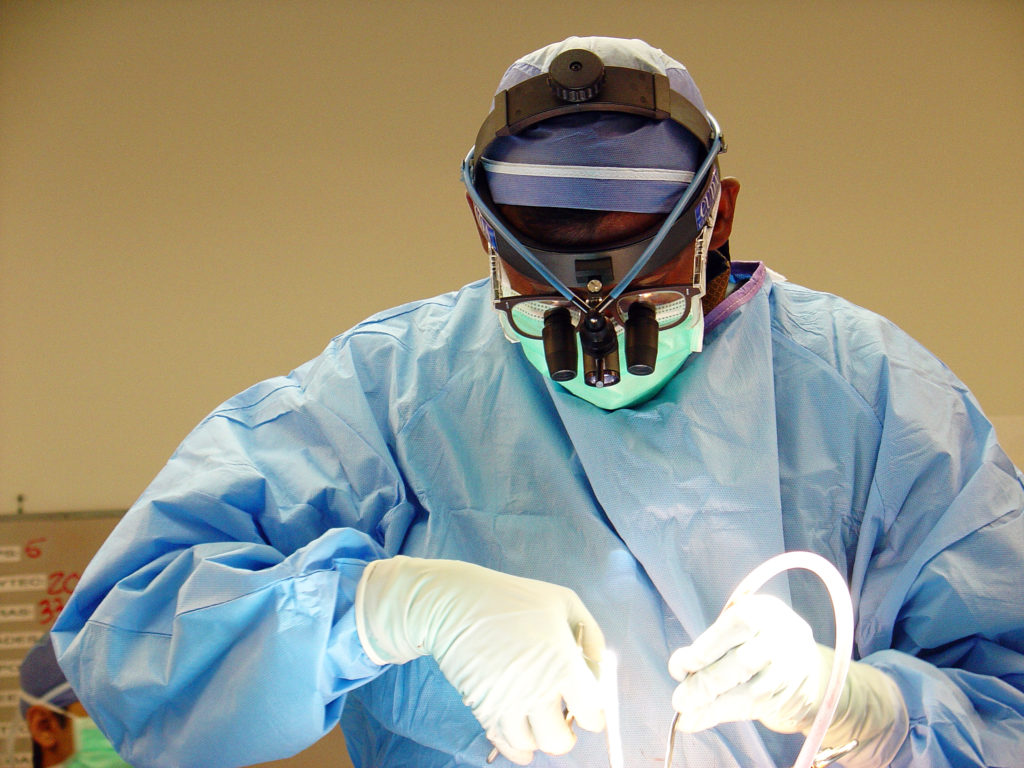 These however, need to be performed by experienced Surgeons who have undergone extensive training in this specialty and have the know how and technical expertise.
These however, need to be performed by experienced Surgeons who have undergone extensive training in this specialty and have the know how and technical expertise.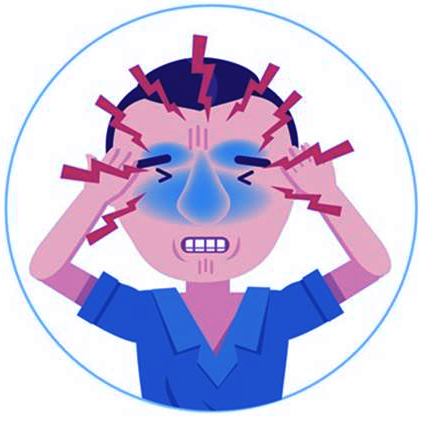 Approximately 20% of the UAE population suffers from Chronic Sinusitis. Symptoms range from stuffy nose, nasal blockage, headache, facial pain, postnasal discharge, cough and bad breath. These are all symptoms of chronic sinusitis. The weather in UAE plays a significant role in the development of these symptoms. Fine sand in the air, humidity, allergies, sudden temperature changes too trigger it. Deviation of the nasal septum and nasal polyps too can lead to chronic sinusitis.
Approximately 20% of the UAE population suffers from Chronic Sinusitis. Symptoms range from stuffy nose, nasal blockage, headache, facial pain, postnasal discharge, cough and bad breath. These are all symptoms of chronic sinusitis. The weather in UAE plays a significant role in the development of these symptoms. Fine sand in the air, humidity, allergies, sudden temperature changes too trigger it. Deviation of the nasal septum and nasal polyps too can lead to chronic sinusitis.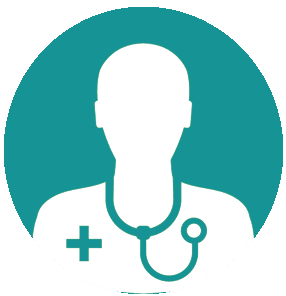 Visual inspection, nasal endoscopy and CT scan, paranasal sinuses can help screen for chronic sinusitis. A CT scan can accurately diagnose chronic sinusitis. Once diagnosed, it is treated with nasal decongestants, steroid nasal sprays, antihistamines, antibiotics etc.
Visual inspection, nasal endoscopy and CT scan, paranasal sinuses can help screen for chronic sinusitis. A CT scan can accurately diagnose chronic sinusitis. Once diagnosed, it is treated with nasal decongestants, steroid nasal sprays, antihistamines, antibiotics etc. Pain may be classified into different types based on the origin, duration, periodicity and nature of pain. Accordingly, Pain management can broadly be classified as acute and chronic pain management. While acute pain deals with perioperative pain, pain in labour, trauma, burns etc., and the latter includes a diverse group of patients in the outpatient setting. The management of acute pain is primarily therapeutic. Chronic pain management requires various pharmacological and non pharmacological approaches to tackle the multidimensional components of pain. At International Modern Hospital we take a holistic approach so as to not only treat the underlying cause but also provide psychological support and rehabilitation to ailing patient.
Pain may be classified into different types based on the origin, duration, periodicity and nature of pain. Accordingly, Pain management can broadly be classified as acute and chronic pain management. While acute pain deals with perioperative pain, pain in labour, trauma, burns etc., and the latter includes a diverse group of patients in the outpatient setting. The management of acute pain is primarily therapeutic. Chronic pain management requires various pharmacological and non pharmacological approaches to tackle the multidimensional components of pain. At International Modern Hospital we take a holistic approach so as to not only treat the underlying cause but also provide psychological support and rehabilitation to ailing patient. Pain management largely comprises of pharmacological and non-pharmacological modalities, commonly being medication, counselling, relaxation techniques, electrical stimulation and local anaesthetics. Few Prescribed medications include anti-depressants and systemic local anaesthetics.
Pain management largely comprises of pharmacological and non-pharmacological modalities, commonly being medication, counselling, relaxation techniques, electrical stimulation and local anaesthetics. Few Prescribed medications include anti-depressants and systemic local anaesthetics. At International Modern Hospital we undertake Interventional modalities which include diagnostic and therapeutic nerve blocks, facet blocks, epidural steroids, intra articular injections, trigger point injections for myofacial syndromesetc. Therapeutic adjuvants include Psychiatric counselling, physiotherapy and electrical stimulation. Unrelieved and inadequate relief of pain is continuing to be a global health problem and serious efforts have to be taken to provide pain treatment as it is definitely a basic human right.
At International Modern Hospital we undertake Interventional modalities which include diagnostic and therapeutic nerve blocks, facet blocks, epidural steroids, intra articular injections, trigger point injections for myofacial syndromesetc. Therapeutic adjuvants include Psychiatric counselling, physiotherapy and electrical stimulation. Unrelieved and inadequate relief of pain is continuing to be a global health problem and serious efforts have to be taken to provide pain treatment as it is definitely a basic human right. The World Health Organization estimates that over 800,000 people die by suicide each year – that’s one person every 40 seconds. Up to 25 times as many again make a suicide attempt. There are many, many more people who have been bereaved by suicide or have been close to someone who has tried to take his or her own life. ‘Connect, communicate, care’ is the theme of the 2016 World Suicide Prevention Day. These three words are at the heart of suicide prevention.
The World Health Organization estimates that over 800,000 people die by suicide each year – that’s one person every 40 seconds. Up to 25 times as many again make a suicide attempt. There are many, many more people who have been bereaved by suicide or have been close to someone who has tried to take his or her own life. ‘Connect, communicate, care’ is the theme of the 2016 World Suicide Prevention Day. These three words are at the heart of suicide prevention.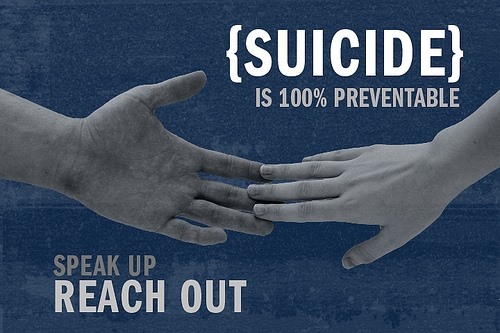 Social connectedness reduces the risk of suicide, so being there for someone who has become disconnected can be a life-saving act. Connecting them with formal and informal supports may also help to prevent suicide. Individuals, organisations and communities all have a responsibility here.
Social connectedness reduces the risk of suicide, so being there for someone who has become disconnected can be a life-saving act. Connecting them with formal and informal supports may also help to prevent suicide. Individuals, organisations and communities all have a responsibility here. Open communication is vital if we are to combat suicide. We need to discuss suicide as we would any other public health issue if we are to dispel myths about it and reduce the stigma surrounding it. Equipping people to communicate effectively with those who might be vulnerable to suicide is an important part of any suicide prevention strategy. Showing compassion and empathy, and listening in a non-judgemental way is very important.
Open communication is vital if we are to combat suicide. We need to discuss suicide as we would any other public health issue if we are to dispel myths about it and reduce the stigma surrounding it. Equipping people to communicate effectively with those who might be vulnerable to suicide is an important part of any suicide prevention strategy. Showing compassion and empathy, and listening in a non-judgemental way is very important.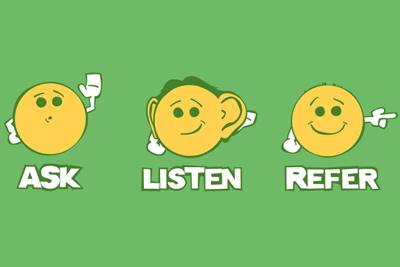 All the connecting and communicating in the world will have no effect without care. We need to ensure that we are caring ourselves. We need to look out for others who may be struggling, and let them tell their story in their own way and at their own pace.
All the connecting and communicating in the world will have no effect without care. We need to ensure that we are caring ourselves. We need to look out for others who may be struggling, and let them tell their story in their own way and at their own pace.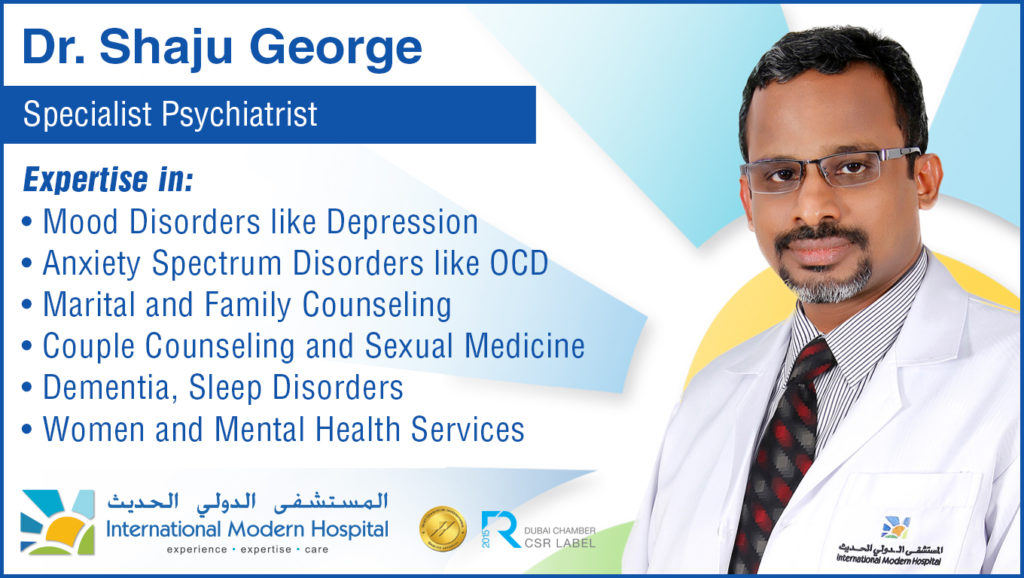
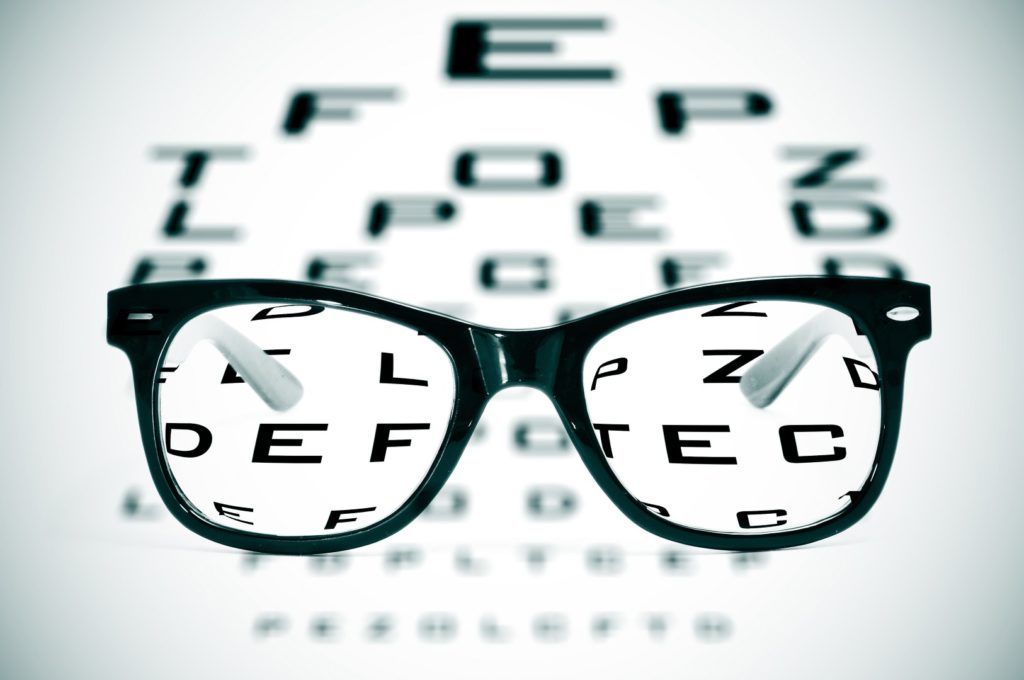
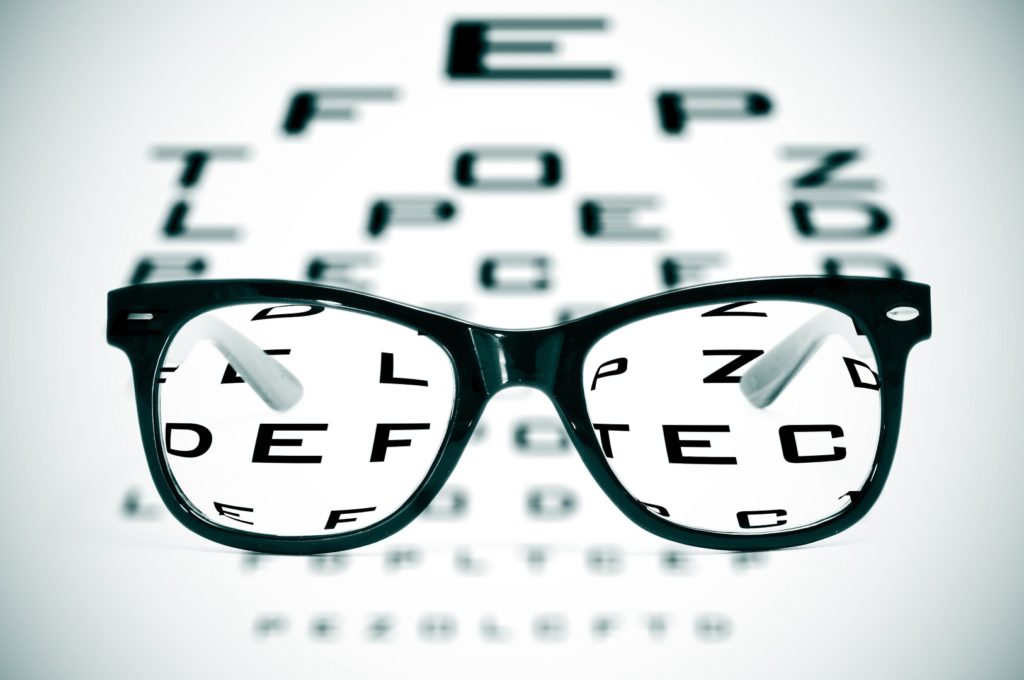
 Watch for signals of eye problems– Parents should be alert to symptoms that could indicate an eye or vision problem, such as complaints of eyestrain, headaches and squinting when reading or performing other common activities like regular rubbing of the eye etc. Other symptoms to look for include a white or grayish-white coloring in the pupil, one eye that turns in or out, or eyes that do not track in sync together.
Watch for signals of eye problems– Parents should be alert to symptoms that could indicate an eye or vision problem, such as complaints of eyestrain, headaches and squinting when reading or performing other common activities like regular rubbing of the eye etc. Other symptoms to look for include a white or grayish-white coloring in the pupil, one eye that turns in or out, or eyes that do not track in sync together.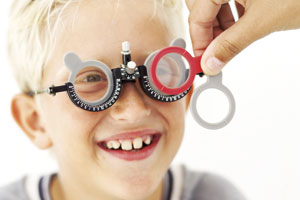 For school-age children, a vision screening, which is less comprehensive than a dilated eye examination by an ophthalmologist,can be performed by a pediatrician, family physician, nurse or trained technician during regular checkups. If the screening detects a problem, the child may need to see an ophthalmologist — an eye physician and surgeon.
For school-age children, a vision screening, which is less comprehensive than a dilated eye examination by an ophthalmologist,can be performed by a pediatrician, family physician, nurse or trained technician during regular checkups. If the screening detects a problem, the child may need to see an ophthalmologist — an eye physician and surgeon. Beware of television on hand held devices– It is now becoming more and more common for children to suffer from eye strain after staring at screens for hours and hours. This is sometimes known as computer vision syndrome. Watch out for dry, red and sore eyes. Sometimes, children may experience blurry vision and have problems with words moving on the screen because their eyes are not properly aligned. You can avoid eye problems setting in at an early age by making sure that sessions involving near screen work are limited to 30 minutes a time. Make sure that there are plenty of breaks and that outdoor activity is not neglected.
Beware of television on hand held devices– It is now becoming more and more common for children to suffer from eye strain after staring at screens for hours and hours. This is sometimes known as computer vision syndrome. Watch out for dry, red and sore eyes. Sometimes, children may experience blurry vision and have problems with words moving on the screen because their eyes are not properly aligned. You can avoid eye problems setting in at an early age by making sure that sessions involving near screen work are limited to 30 minutes a time. Make sure that there are plenty of breaks and that outdoor activity is not neglected.
 Introducing your baby to solid foods – sometimes called weaning or complementary feeding – should start when your baby is around six months old.
Introducing your baby to solid foods – sometimes called weaning or complementary feeding – should start when your baby is around six months old.


